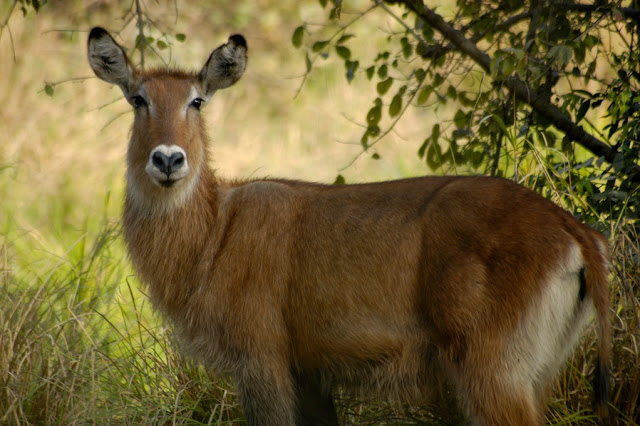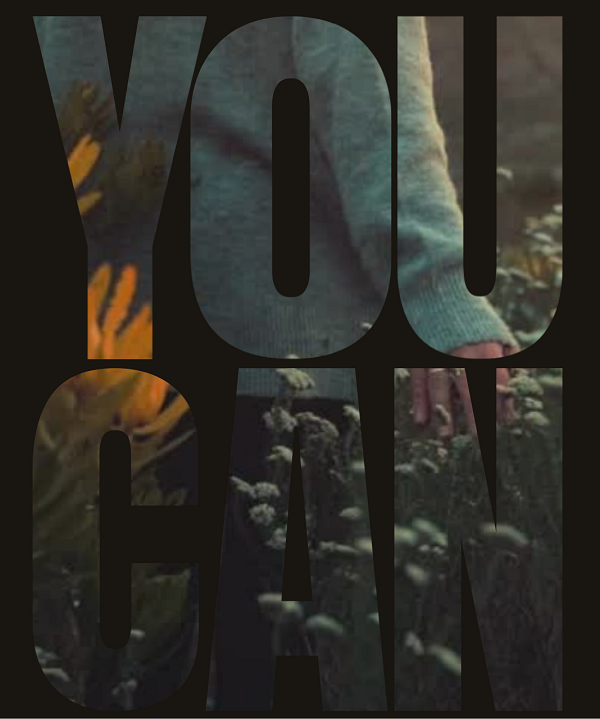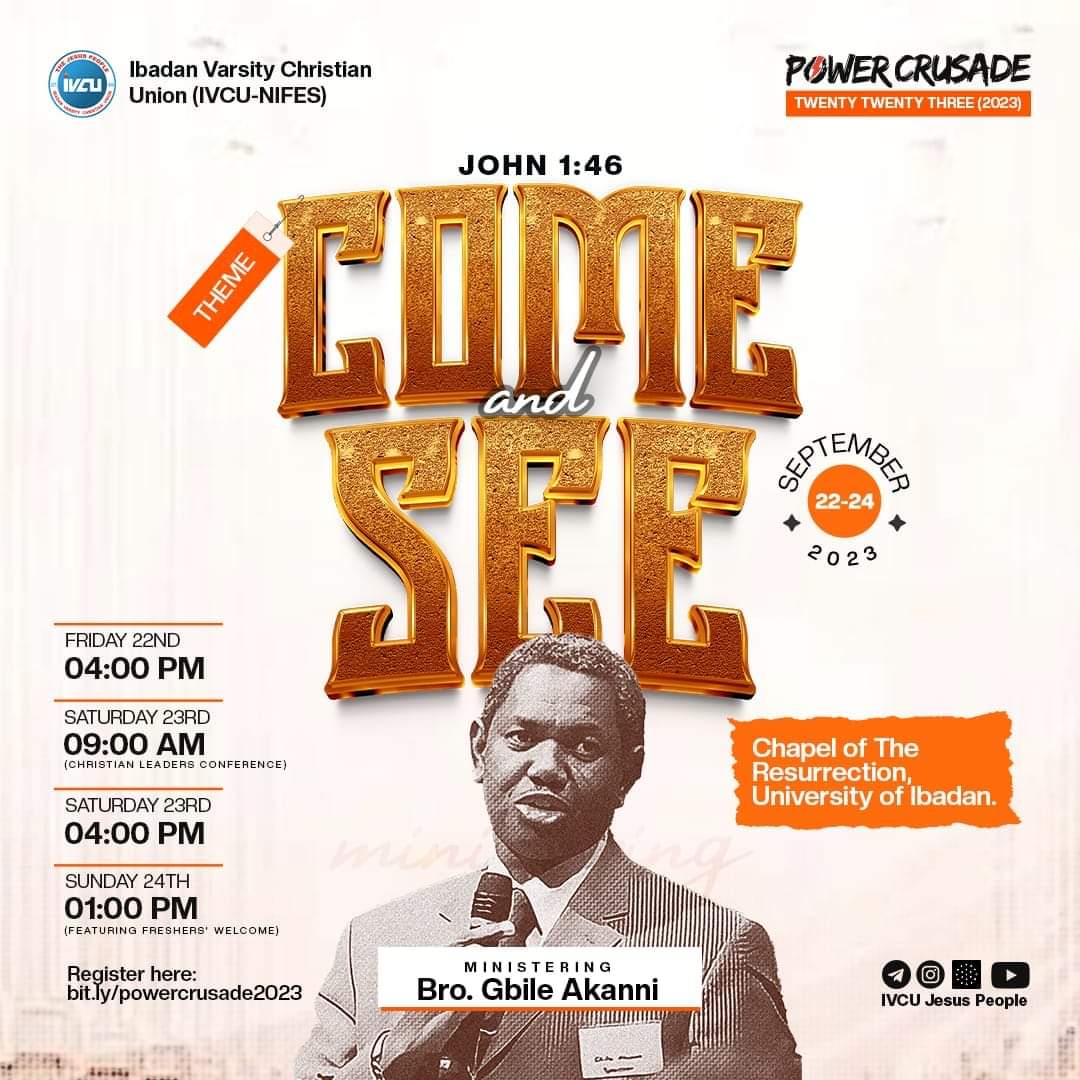
Waterbuck, Kobus ellipsiprymnus, is a large, shaggy-haired antelope with mane on the neck. They have long bodies and necks and short legs. They spend less time in the water, against their names, and they do mostly to protect themselves against predators. Ears are large and rounded and there are white patches above the eyes, around the nose and mouth and on the throat. Only the males have horns, which are prominently ringed, about 100 cm long, and widely spaced. Head and body length ranges from 177 to 235 cm and shoulder height from 120 to 136 cm. Weight is between 150 to 250 kg.
The Waterbuck formerly occurred throughout most of sub-Saharan Africa but survives today, in areas which are sparsely populated by humans. There are two groups of subspecies, the Defassa Waterbuck, distinguished by its white rump patch, occurring in the northern part of Nigeria, down to the Guinea Savanna belt. In Yoruba natural medicine, this animal, called Otolo, is used by Natural Orthopedic Doctors to mend, straighten and heal fractured, dislocated and broken bones of the arm and leg.
Waterbucks, as grazers normally feed on coarse grass that other animals don’t like, and they drink large amounts of water. Sexual maturity is attained within approximate 14 months for both sexes but males may delay a bit. Gestation takes some 9 months, after which a baby waterbuck that may live for up to 18 years, is born.





















